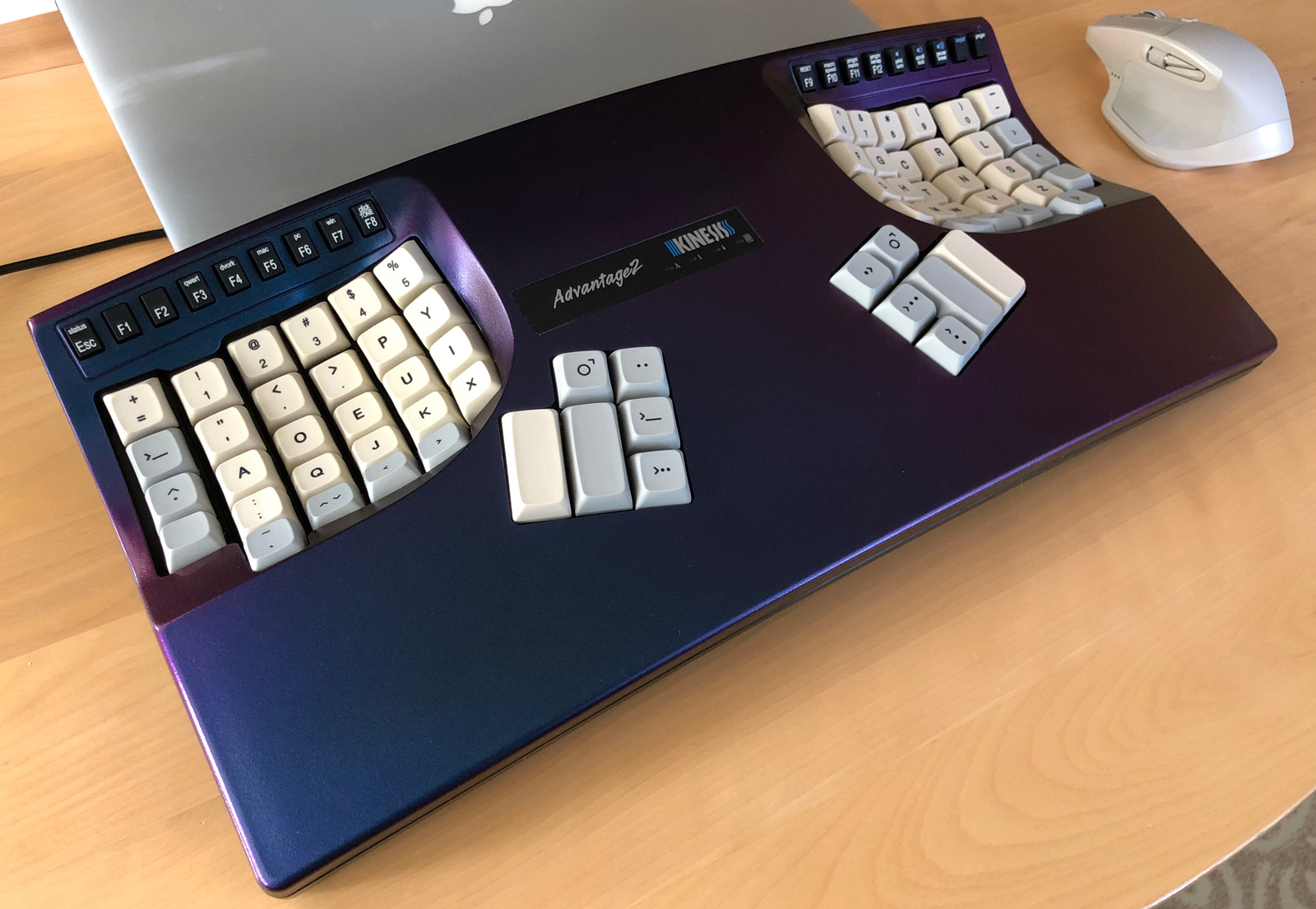
As I was digging through some backup CDs I stumbled onto this little gem from my General Magic days. MagicHTTP was a web server I built in early 1996 that ran on Magic Cap personal communicators. Not a web browser, but a web server. You could easily create pages on your communicator that others could view with any web browser. Additionally, the server would translate Magic Cap text styles into HTML tags.
MagicHTTP presented the Magic Cap user with a scene very much like Magic Cap’s notebook. In this scene, the user composed their pages using Magic Cap’s suite of text formatting tools, such as font sizes and styles. Here’s a screen shot:

Here’s the page above as viewed from Netscape:

All of the communication was done through HTTP, hypertext transfer protocol, the standard for web servers and clients. MagicHTTP was based off of CujoTerm, the Magic Cap sample code and framework for building communicating packages. (I wrote CujoTerm in 1995.) This provided MagicHTTP with a very flexible architecture; MagicHTTP could use any data link supported by CujoTerm by simply “dropping in” the new classes. For example, dialup PPP worked just as well as wireless ethernet cards for connecting MagicHTTP to the Internet.
Usability
The fundamental flaw of a mobile server was that the server obviously had to be connected to the Internet to accept incoming connections. In most cases the user would only have their communicator turned on intermittently, not left online full-time.
MagicHTTP, when connected via a Xircom Netwave wireless ethernet card on a Sony PIC-2000, would run for approximately four and a half hours. As for speed, it ran pretty quick over the Netwave card, a Ricochet wireless modem, or even the PIC-2000’s 14.4K modem. It could also run on the PIC-1000’s 2400 Baud modem, but performance was noticeably slower.
Conclusion
MagicHTTP was really just “coolware,” demonstrating something that could be done. Generally the better approach for this kind of problems is using the mobile device to update a fixed-location server, then pointing client web browsers to the static server. (This is how people do “moblogging.”)
Regardless, MagicHTTP was still fun and had to be done. I’m pretty sure it was the first wireless, handheld web server created.





Share this post
Twitter
Google+
Facebook
Reddit
LinkedIn
StumbleUpon
Pinterest
Email